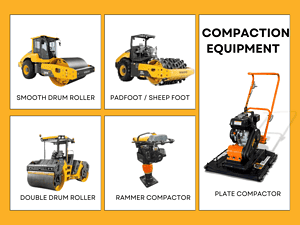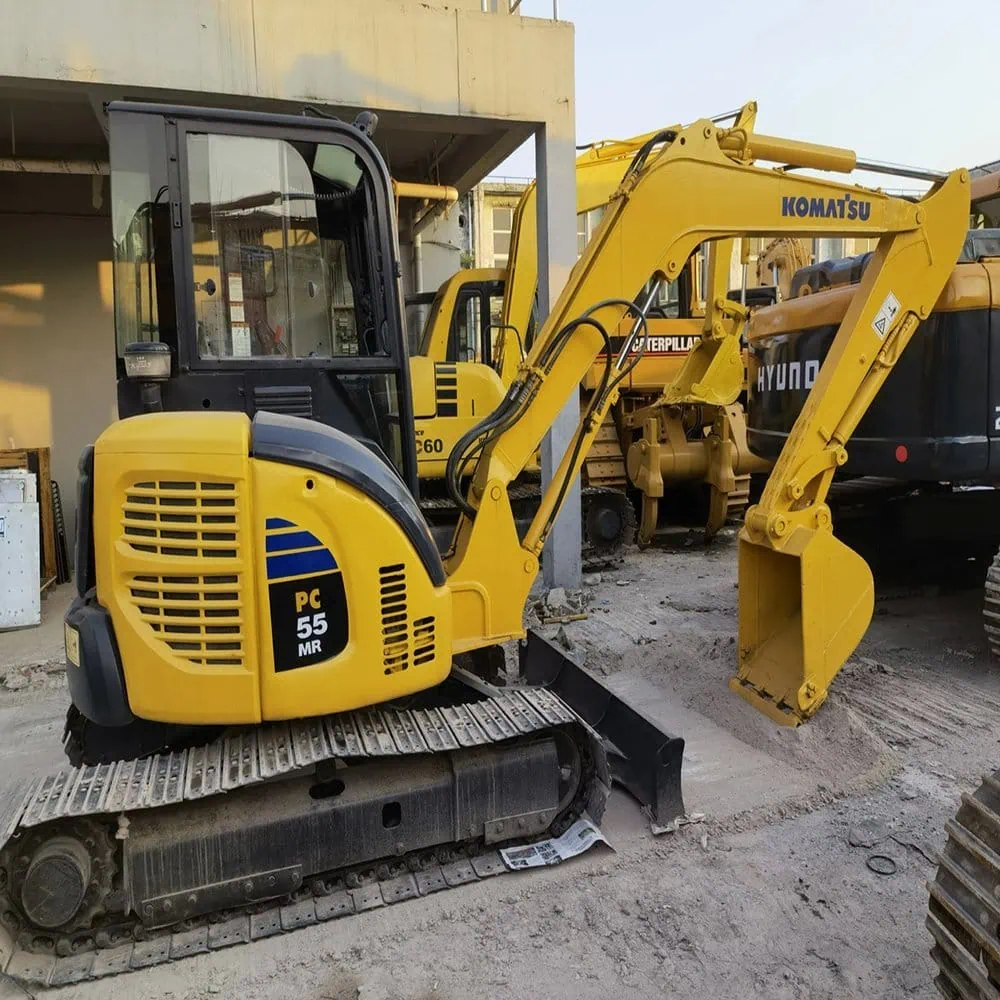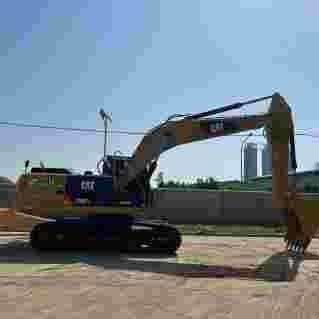If you are trying to select the perfect small wheel loader for your business, don’t get paralyzed or confused. Choose the machine with the right size and capacity, and focus on fuel efficiency, and you will make a good choice that will make you more productive and lower your costs at the same time.
Выбор права small wheel loader requires evaluating key features such as size, lifting capacity, fuel efficiency, and attachment compatibility. By considering these aspects, you can ensure the loader suits your business needs, enhancing productivity while keeping costs low. Follow our guide to make an informed, cost-effective decision.
Are you ready to go deeper into the critical features? Do you want to go as deep as you need to make sure you buy the right small wheel loader for the job?
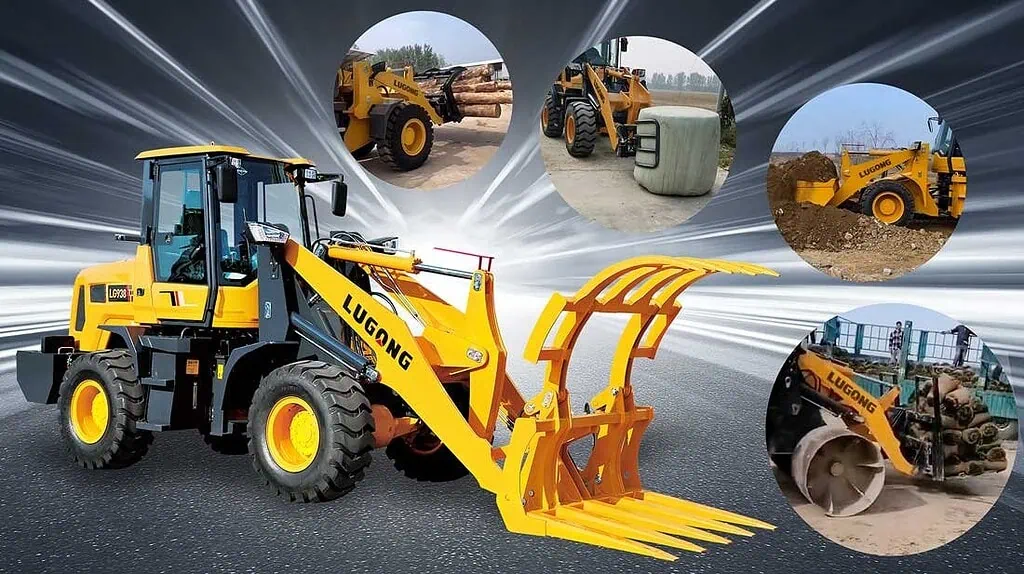
Оглавление
ПереключатьSize and Maneuverability
What is the Importance of Size and Maneuverability in Small Wheel Loaders?
The small wheel loader’s compact size is essential when considering its application in tight areas. That’s exactly why these machines are built – to allow you maximum movement in applications where there’s not a lot of space, like a city construction zone, a tight agricultural field, or a small industrial area.
Why Size Matters?
Компактный дизайн: The smaller frame allows easier navigation around obstacles, making it ideal for urban and rural environments with limited space.
Maneuverability: A small wheel loader‘s smaller turning radius means it can operate efficiently in tight spots, reducing the need for additional equipment or labor.
Key Points to Consider:
| Feature | Benefit |
| Compact Size | Ideal for confined or crowded spaces, such as narrow streets and tight construction zones. |
| Maneuverability | Enhanced agility allows operators to navigate easily through obstacles and tight spaces. |
| Small Turning Radius | Makes it easier to navigate corners and congested job sites. |
Quick, efficient turning is especially important in tighter spaces like cities where large equipment can’t go. And because it’s a smaller machine, you’ll use it on a smaller construction site such as a house construction site, for example, or other applications where it’s important to weave in and out.
Lifting Capacity: How Much Weight Can Your Loader Handle?
The lifting capacity of a small wheel loader is one of the most critical bits of information you need to find out. It simply tells you how much ‘stuff’ the machine can move, lift, and transport. The lifting capacity needed will depend on the nature of your work. Super heavy duty construction projects will need high capacity loaders. Smaller landscaping work will not.
Choosing the Right Lifting Capacity
The amount of lifting capacity you need depends on what you are moving. For example, if you are moving soil or gravel, you may need a larger capacity loader to move more material quickly without overworking the machine each day.
Key Lifting Capacity Considerations:
| Capacity Range | Appropriate Tasks |
| Up to 1.5 Tons | Light material handling, landscaping, agriculture. |
| 1.5 to 3 Tons | Moderate construction tasks, small debris handling. |
| Above 3 Tons | Heavy lifting, construction, and demolition work. |
Bucket Size: Choosing the Right Fit
Bucket size is also a critical consideration. With a larger bucket, you can carry more at once, which should mean fewer trips to load or unload. A bigger bucket can also mean reduced cycle times, but if the bucket is too big, it can hurt your maneuverability. Learn the right balance based on the way you want to run your business.
| Bucket Size | Material Handling |
| 0.5 to 1 Cubic Meter | Small-scale tasks like landscaping and material moving. |
| 1 to 1.5 Cubic Meters | Medium projects requiring moderate material handling. |
| Above 1.5 Cubic Meters | Large-scale construction or agricultural projects with heavy material handling. |

Engine Power: Why is It Important?
The heart of any small wheel loader is the engine. The engine gives the loader the power to lift, the strength to dig, and the propulsion to operate on rough terrain. Make sure the machine you select has enough horsepower to do the work you need to do but don’t go overboard and buy too much power. You’ll pay extra for something you don’t need.
Engine Power Considerations:
Heavy-Duty Tasks: For tasks like lifting large volumes of concrete or soil, choose a machine with higher horsepower.
Efficiency: Higher engine power typically correlates with greater productivity, but it’s essential to find the right balance between power and fuel consumption.
| Мощность двигателя | Application |
| Up to 50 HP | Light tasks like landscaping and small lifting jobs. |
| 50 to 100 HP | General construction work, digging, and material handling. |
| Above 100 HP | Heavy construction, mining, and other intensive tasks. |
Fuel Efficiency: How to Keep Operating Costs Low?
Fuel efficiency is another consideration with the small wheel loader. You’re going to run them longer, so you’ll save a lot of money over the long haul if they’re fuel efficient.
Fuel Efficient Loaders:
Modern small wheel loaders come with advanced fuel-efficient engines, helping you get more work done with less fuel, which ultimately saves you money.
| Fuel Efficiency | Benefit |
| High Efficiency | Reduced fuel consumption, leading to lower operational costs. |
| Low Efficiency | More frequent refueling and higher operating costs. |
Attachment Compatibility
How Important is Attachment Compatibility in Small Wheel Loaders?
One thing great about a small wheel loader is that they can handle all sorts of attachments. Attachments such as forks, buckets, grapples, snow plows – you name it.
Attachment Options:
Buckets: Essential for loading and moving bulk materials like soil, sand, or gravel.
Forks: Useful for material handling, especially in warehouses or agricultural operations.
Grapples: Ideal for handling logs, construction debris, or waste material.
| Attachment Type | Primary Uses |
| Buckets | Material handling, digging, and transporting loose materials. |
| Forks | Pallet lifting, warehouse operations, and agricultural uses. |
| Grapples | Handling heavy or bulky materials, such as logs and debris. |
Operator Comfort and Control Features
Why Operator Comfort and Controls Matter
Operator comfort is also considered. Operator comfort is a huge factor in the overall efficiency of the machine. Comfortable seats, easy to use controls, good visibility all add to a safer, more productive working environment.
Control Systems:
Hydraulic Joysticks: Modern small wheel loaders often come with hydraulic joysticks, allowing for more precise control.
Adjustable Seats: Reduces operator fatigue during long hours of operation.
Visibility: Clear sightlines from the cabin help operators work efficiently and avoid accidents.
| Feature | Benefit |
| Hydraulic Joysticks | Smooth and precise control for better performance. |
| Adjustable Seats | Increased comfort, reducing fatigue during long shifts. |
| Good Visibility | Minimizes blind spots and enhances safety and efficiency. |
Maintenance and Durability
How Durable Is Your Small Wheel Loader?
Durability is a major factor when purchasing a small wheel loader. A durable loader will keep working for you year in and year out in all conditions. If you’ve got access to it, take a look at the loader’s underbelly. You want to see steel or iron. All the small wheel loaders, including top of the line models, are going to get beat up and need
fixing. With a durable loader, you can keep it going and still do the same work—even running a jackhammer. Also, consider how easy you can access the loader’s vital parts for maintenance and repair. Some manufacturers make that easy to do. Others are a nightmare.
Maintenance and Durability Considerations:
Regular Inspections: Easy-to-maintain models allow for routine inspections and part replacements, reducing downtime.
Long-Lasting Construction: Machines with high-quality materials and build quality are more likely to last longer and perform well over time.
| Feature | Benefit |
| Durable Construction | Long service life, reducing the need for repairs. |
| Low Maintenance | Reduced downtime and operating costs due to less frequent repairs. |
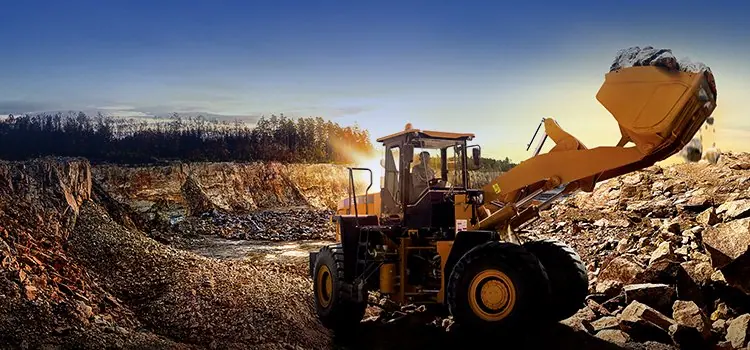
Cost of Ownership and ROI
How to Assess the Total Cost of Ownership for a Small Wheel Loader?
Just like buying a car, the purchase price isn’t the real cost. The real cost comes from buying it, maintaining it, consuming fuel with it, and reselling it. The total cost of ownership (TCO) includes all these costs. So, when you’re considering this machine, be sure to look at the total cost of ownership. If the loader costs a little more up front, but maintenance is cheaper, and it burns less fuel, you could save money in the long run.
Key Considerations for TCO:
- Initial Cost: The upfront purchase cost of the loader.
- Fuel Efficiency: A more fuel-efficient machine reduces operating costs.
- Maintenance Costs: Frequent maintenance can significantly increase the total cost.
- Resale Value: Some brands or models may hold their value better, offering a higher resale price when you’re ready to upgrade.
| Cost Factor | Considerations |
| Initial Purchase Price | Compare the cost of similar models to ensure you’re getting a competitive price. |
| Fuel Efficiency | A fuel-efficient machine will save money on long-term fuel costs. |
| Maintenance | Consider whether the machine requires frequent repairs, and check warranty coverage. |
| Resale Value | Some machines maintain their value better, offering a better ROI when resold. |
It’s like buying a car. You look at price and payment but smart buyers factor in cost of ownership. It’s the same when you’re buying a machine, truck, or a small wheel loader. Paying extra up front for the machine can save you in other costs down the road.
Return on Investment (ROI)
To figure out the ROI on a small wheel loader, calculate how much value that loader adds to your operation. While you consider its price, also consider the machine’s value and what it adds to your operation.
| ROI Factor | Impact on ROI |
| Increased Productivity | Faster job completion means higher revenue. |
| Lower Downtime | Fewer repairs and maintenance means more operating time. |
| Reduced Fuel Costs | A fuel-efficient loader cuts operational costs. |
Manufacturer and Dealer Reputation
Why the Manufacturer and Dealer Matter
Your choice of manufacturer and dealer is huge when it comes to the quality of your small wheel loader and the support you receive after the sale. A good manufacturer stands behind their equipment and builds it to last. They also offer services and tools to help you, the buyer. However, a huge portion of that process within the pool and spa industry is the dealer.
Evaluating Manufacturer Reputation:
Brand Reliability: Choose a manufacturer known for durable, high-quality machinery (e.g., CAT, Komatsu, Doosan).
Support Services: A good manufacturer will offer warranty coverage and accessible customer service.
Choosing a Reliable Dealer:
Customer Reviews: Look for dealers with positive feedback from past customers.
After-Sales Service: Ensure the dealer offers maintenance services and quick response times for repairs.
| Factor | What to Look For |
| Manufacturer Reputation | Opt for well-known brands with a proven track record for reliability. |
| Dealer Reputation | Choose a dealer with good customer feedback and a strong support system. |
The manufacturer and dealer you choose matter a lot. This decision can make or break the long-term success of your small wheel loader purchase. Don’t be afraid to ask for referrals, research the company, and call other customers to see if they’re truly receiving the level of quality and support they expect.
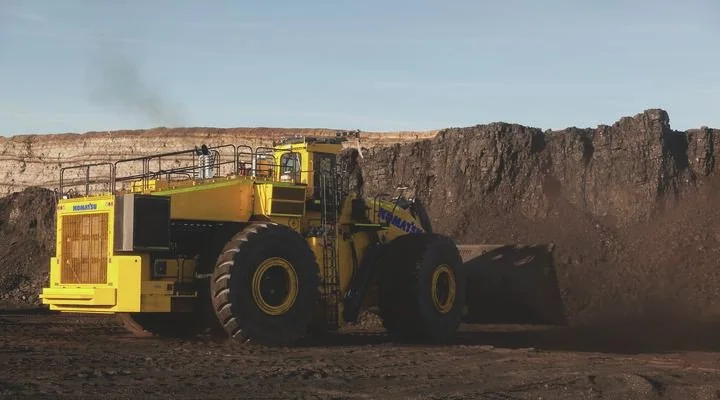
Environmental Impact
Eco-Friendly Features in Small Wheel Loaders
In today’s world, everyone is more conscientious about the environment. There’s a push to make machines or cars more environmentally friendly. Manufacturers have started to do the same thing to make small wheel loaders more environmentally friendly.
Eco-Friendly Features to Consider:
Low Emissions: Modern loaders meet stringent emission standards, helping you reduce your environmental impact.
Fuel Efficiency: Improved fuel consumption not only lowers costs but also decreases environmental pollution.
Noise Reduction: Many loaders now come equipped with noise-dampening technologies to reduce noise pollution, especially in residential or urban areas.
| Eco-Friendly Feature | Impact on Environment |
| Low Emissions | Reduced air pollution and compliance with environmental regulations. |
| Fuel Efficiency | Lower fuel consumption and reduced greenhouse gas emissions. |
| Noise Reduction | Quieter operation reduces noise pollution in urban areas. |
By investing in a more environmentally friendly small wheel loader, you contribute to sustainability efforts while benefiting from operational savings and regulatory compliance.
Final Thoughts: How to Make an Informed Decision
Choosing a small wheel loader can be complex, and considering the different features—size, lift capacity, horsepower, and total cost of ownership—will help you make the right choice. It’s not just about price. It’s about the whole cost of ownership and the value you are aiming to receive. At the end of the day, all operations are different. Understand these different features and find the right model for you.
Key Takeaways:
- Always evaluate your specific needs and match them with the loader’s features.
- Consider long-term costs like maintenance and fuel efficiency to calculate your total cost of ownership.
- Prioritize safety, operator comfort, and environmental impact.
- Choose a reputable dealer and manufacturer to ensure product quality and support.
| Final Decision Criteria | How It Affects Your Choice |
| Task Requirements | Match the machine’s capabilities with the job’s demands. |
| Total Cost of Ownership | Factor in initial price, maintenance, and fuel costs. |
| Safety and Comfort | Ensure the machine has features to protect the operator. |
Заключение
Choosing the right small wheel loader comes down to taking into consideration the different features. Consider the size and how you’ll maneuver the machine. Think about the power you need based on the effort you’ll exert. Look at the attachments and pieces you’re already using to make sure the wheel loader will connect and complete those tasks. Make a good, calculated decision after considering these factors so the small wheel loader becomes a productivity machine that saves you money and increases your projects’ efficiency.
Follow us on :YouTube.

